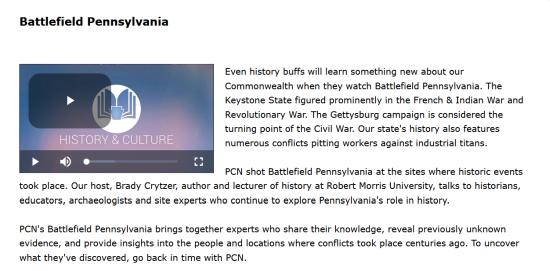Painting the Base
The base is painted in a four-color process designed to enhance the illusion of depth. I start by painting the entire base with Howard Hues Dark Turquoise (#1049). Let the basecoat dry.
When it is dry, I apply a heavy wash using Vallejo Brown Sand (#876). Allow this to dry.
Next, I use a wash of Vallejo German Camouflage Bright Green (#70833). Allow this to dry.
Lastly, apply a wash of Vallejo Dark Sand (#70847). Again, allow this to dry.
If you have modeled some extreme swells on the base, apply a very light drybrush using white paint. This drybrushing should only highlight the peaks of the swells. This is definitely a case where less is more. As the schooner is typically used while anchored, I tend not to highlight 'wake' lines coming off the model.
Adding the Camouflage
Finally, the element that makes this kit unique - the camouflage! Okay, we're not talking elaborate 'dazzle' patterns from the Great War or World War Two, or even 'haze gray' measures taken by blockade runners to blend in with the horizon. We're talking 'how not to be seen'.
During the bombardment of Fort Jackson, Commander Porter's mortar schooners attempted to conceal their masts by cutting trees and branches from the shoreline and tying them to the upper masts. The effect was only partial successful, as after several days the leaves began to wilt and die, making the position of the schooners even more obvious.
Regardless, it's an aspect of the schooner that I've never seen modeled before. To achieve this effect, I needed something that resembled 1/600 trees and branches. A visit to one of my local hobby shops yielded a suitable product - Woodland Scenics Fine-Leaf Foliage (item # 1133). Fine-leaf foliage is designed to provide realistic trees for model railroading. By 'pruning' the branches off the tree I was able to shape suitable lengths and sizes of foliage to attach to the masts. I applied a thin strip of cyanoacrylate (i.e. CA or 'superglue') to the upper part of the mast, and then positioned the foliage where I like it best.


Sealing the Paintjob
Sealing the paintjob is a critical step, as it improves the durability of the paint - a key goal for a model destined for use as a tabletop game piece. I use any number of 'off the shelf' matte finishes in aerosol spray cans. I've had good results with all of them.
When all the painting is thoroughly dry, apply a gloss coat to the base, being careful not to paint the sides of the model. I rely on Floquil Gloss Coat for this, but most any liquid gloss coat should work. Make sure all paint and matte finishes have had at least 24 hours to dry before applying a layer of gloss coat. The last thing you want is 'crazing' (small wrinkly cracks) or 'frosting' (white tint to the gloss)! Multiple coats of gloss coat can improve the illusion of depth on the base.






